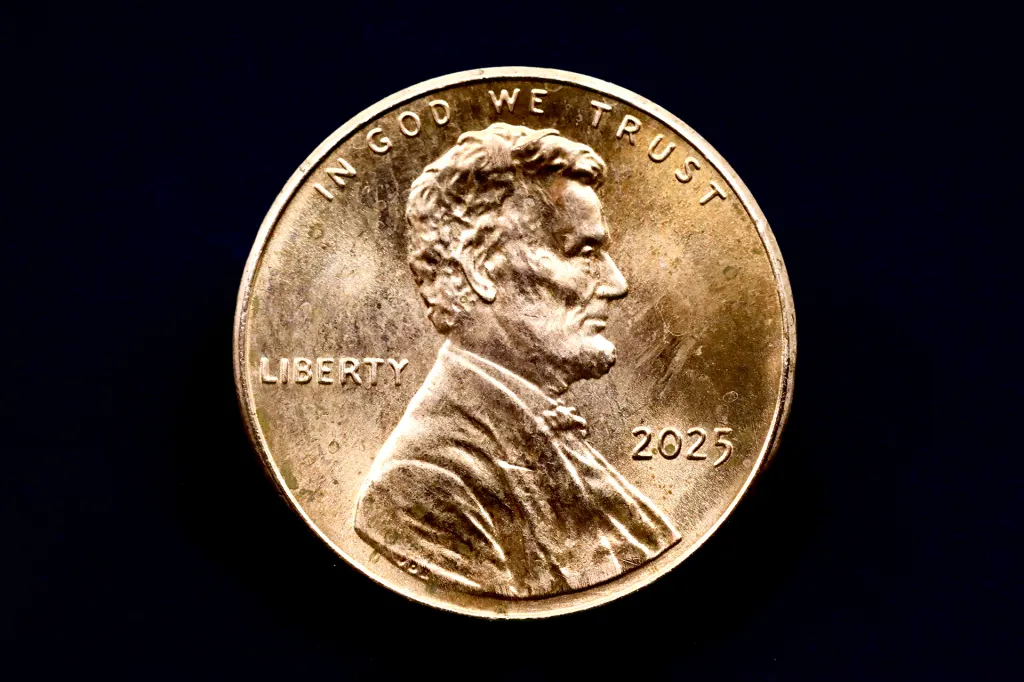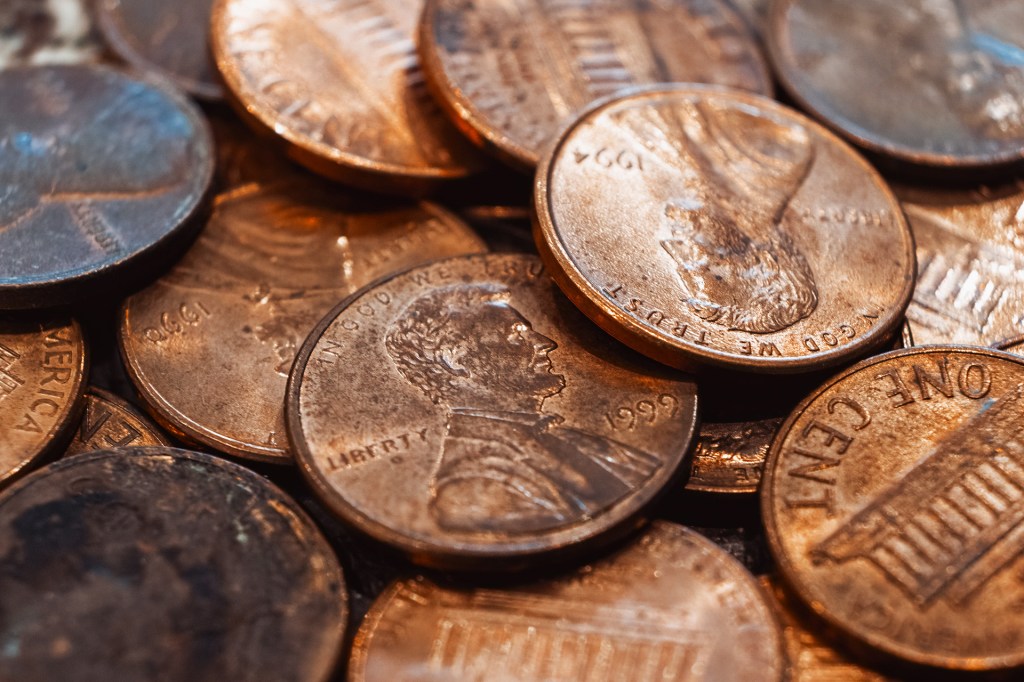Testing the Water
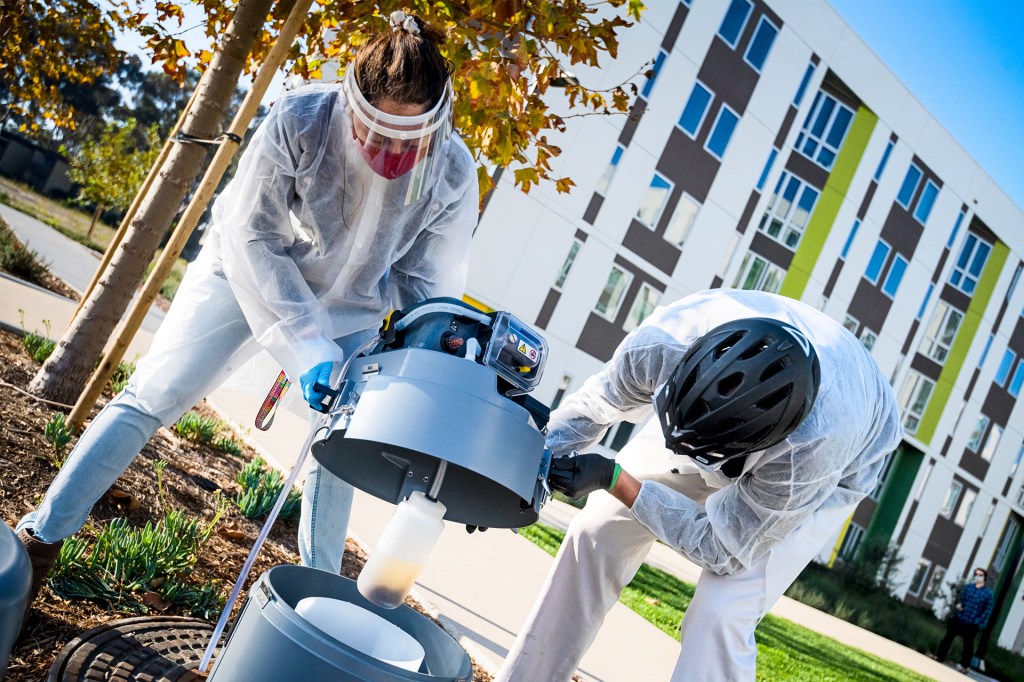
If it’s flushed down the toilet, Rob Knight wants to know about it. He’s a researcher at the University of California San Diego. He specializes in microbes. These are tiny organisms that live in your gut.
Knight is testing the university’s wastewater wastewater sewage; water that has been used (noun) The toilet overflowed and left wastewater on the floor. . He’s looking for the coronavirus that causes COVID-19. The virus can be found in pee and poop even before people show symptoms of the disease.
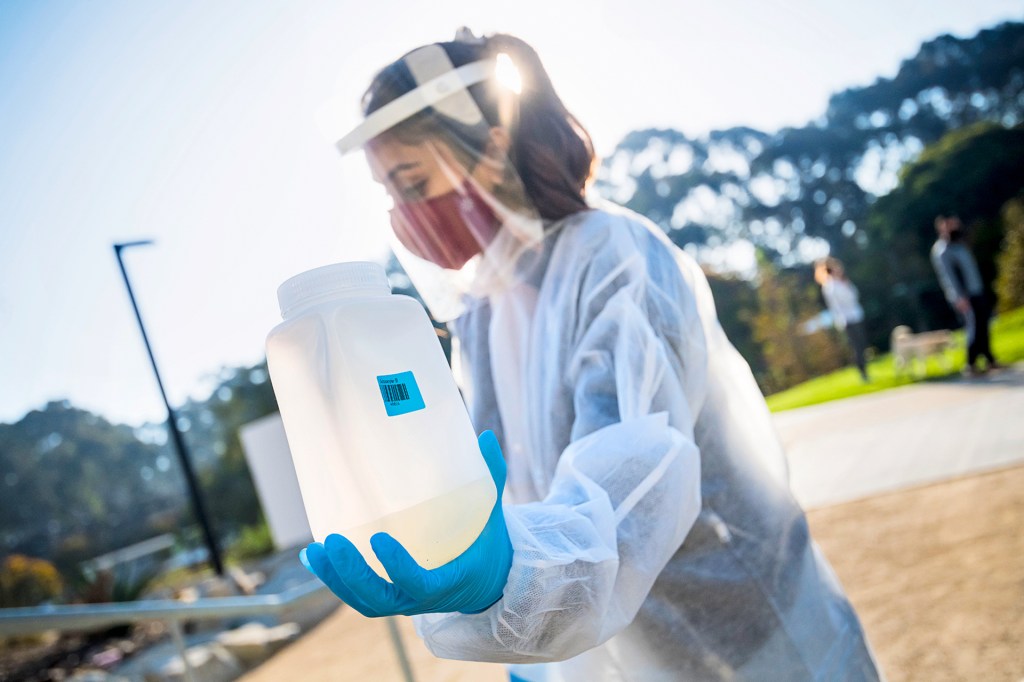
READY TO TEST A scientist at UCSD carries a wastewater sample. It will be taken to a lab and tested for coronavirus.
ERIK JEPSEN—UC SAN DIEGOKnight uses a robot. It collects samples of wastewater from a building’s pipes. If tests find the virus in those samples, people are warned to stay away. Knight’s team then gives COVID-19 tests to everyone who uses the building. Anyone infected is kept out.
The system has reduced cases of the disease at the university. Samples testing positive dropped from around 80% in January to just 5% in the spring. It has “exceeded our wildest dreams,” Knight told TIME.
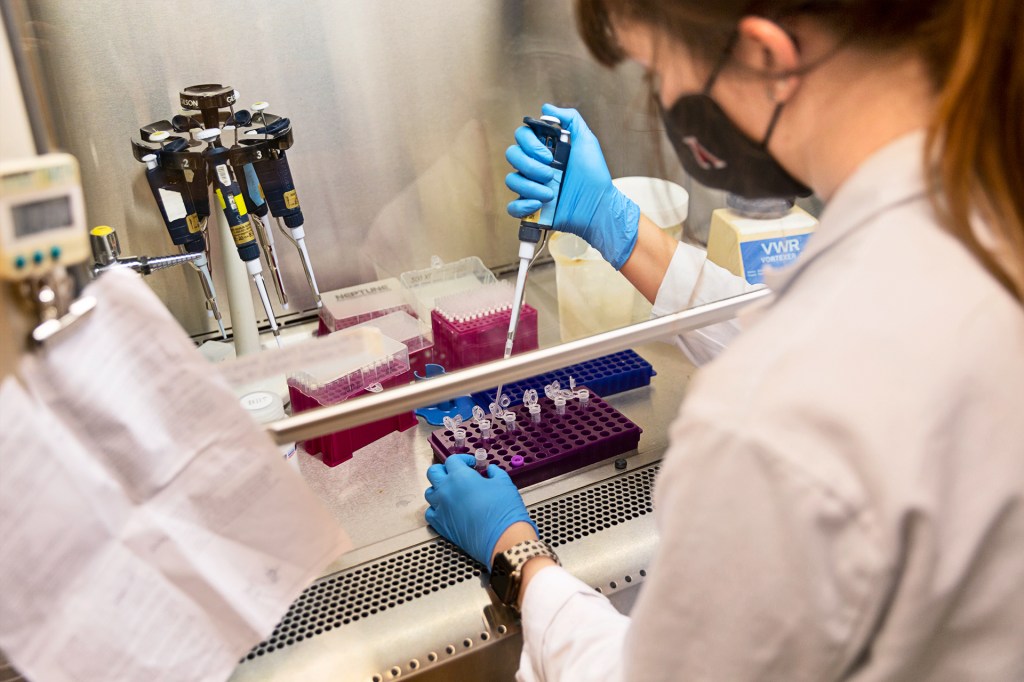
IN THE LAB Technicians at the University of Arizona are also testing wastewater.
CHENEY ORR—BLOOMBERG/GETTY IMAGESSpeedy Results
Knight’s system could work for cities and states. Officials could test the wastewater in sewage plants. This would tell them if the virus was there before many people showed symptoms.
By testing people in that area, they could identify infected people and tell them to stay home. This might stop an outbreak before it happened.
In September 2020, the U.S. Centers for Disease Control and Prevention (CDC) started a national wastewater surveillance
surveillance
 THOMAS JACKSON—GETTY IMAGES
having to do with watching someone or something
(noun)
Having surveillance cameras outside my home makes me feel safe.
program. Currently, 33 states and four cities can upload wastewater information to the CDC’s online database. Scientists study the data. Officials could get the results six days sooner than they would just by testing people for COVID-19.
THOMAS JACKSON—GETTY IMAGES
having to do with watching someone or something
(noun)
Having surveillance cameras outside my home makes me feel safe.
program. Currently, 33 states and four cities can upload wastewater information to the CDC’s online database. Scientists study the data. Officials could get the results six days sooner than they would just by testing people for COVID-19.

PROTECTING A COMMUNITY A treatment plant in San Diego collects wastewater samples for testing.
COUNTY OF SAN DIEGO“It’s enough time to really make a difference,” Amy Kirby says. She leads the CDC program.
This could be a way to fight diseases in the future, Kirby says. The next dangerous virus could be picked up and managed more quickly—thanks to our pee and poop.






